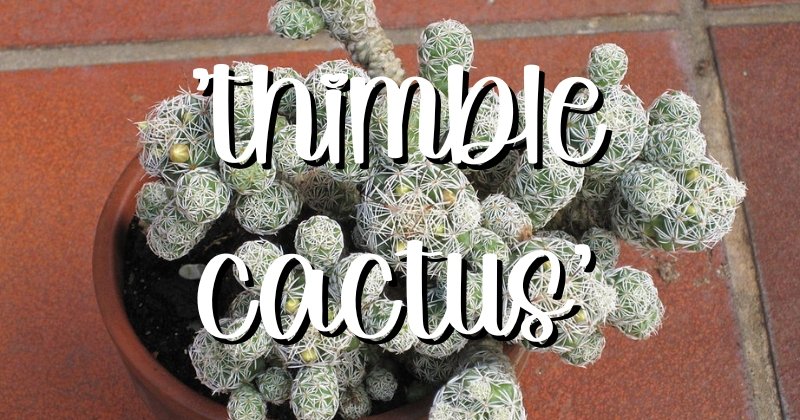Are you a succulent enthusiast or just love having unique plants to brighten up your home? Then, the ‘Thimble Cactus’ might be the perfect addition to your collection! In this comprehensive guide, we’ll explore everything you need to know about Mammillaria gracilis v. fragilis, also known as the ‘Thimble Cactus’. So, let’s dive right in!
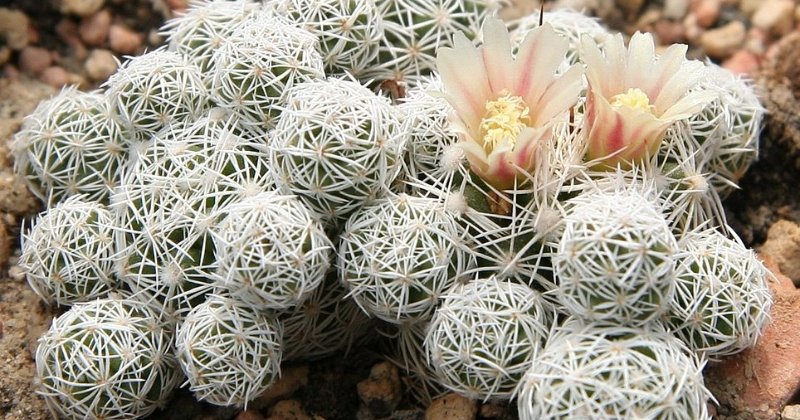
What is a Thimble Cactus?
The ‘Thimble Cactus’ is a type of small, globe-shaped cactus belonging to the Mammillaria genus. Its scientific name is Mammillaria gracilis v. fragilis, and it’s known for its dense clusters of spines that resemble thimbles. This charming cactus is perfect for adding a touch of greenery to your home or office and is relatively easy to care for.
Mammillaria gracilis v. fragilis: A closer look
Appearance and growth pattern
‘Thimble Cactus’ is a small, typically 1-2 inches tall, and forms clumps of multiple stems. Each stem is covered in white, hair-like radial spines and thicker, straight, needle-like central spines. The spines are so densely packed that they almost completely hide the green stem beneath. Did you know that this cactus also produces small, bell-shaped flowers? They are usually pink or white and appear in late winter or early spring.
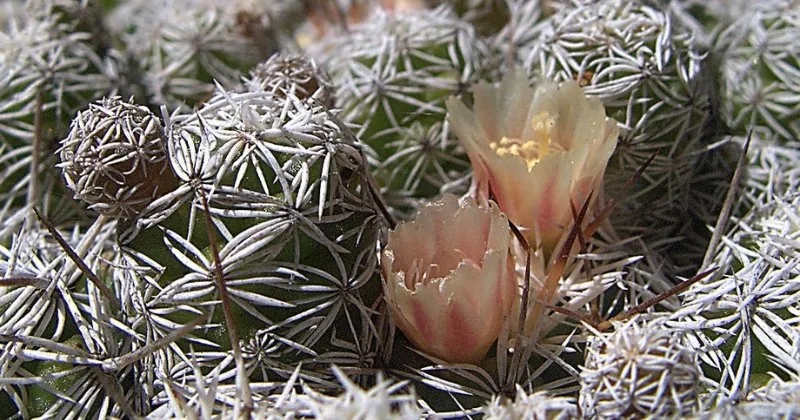
Distribution and habitat
Mammillaria gracilis v. fragilis is native to the central Mexican Plateau, specifically in the states of Guanajuato and Queretaro. It’s commonly found growing in rocky or limestone-rich soils at high elevations. Fun fact: The Mammillaria genus contains over 200 species of cacti, making it one of the largest and most diverse cactus genera!
How to care for your Thimble Cactus
Light requirements
Like most cacti, ‘Thimble Cactus’ loves bright light. Place it near a south or west-facing window where it can get at least 4-6 hours of direct sunlight per day. Be cautious of scorching, though! If the cactus starts to develop a red or brown tint, it might be receiving too much sun.
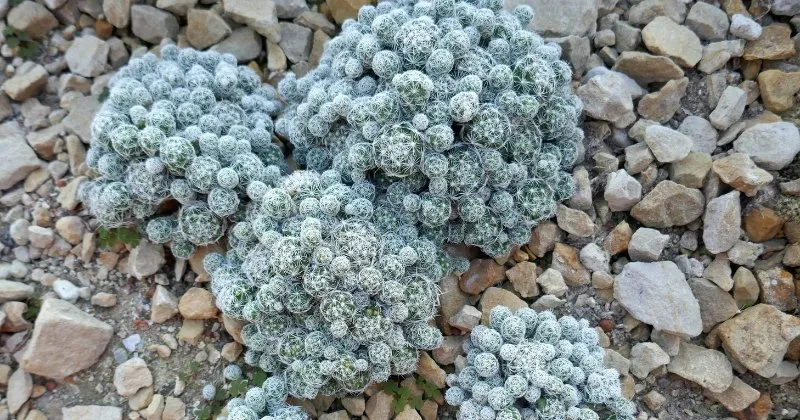
Watering needs
‘Thimble Cactus’ is drought-tolerant, but it still needs water to thrive. During the growing season (spring and summer), water your cactus when the top inch of soil feels dry to the touch. In fall and winter, reduce watering to once every 4-6 weeks. Remember, overwatering can lead to root rot, which is a common problem for cacti.
Temperature and humidity
This cactus is adapted to handle a wide range of temperatures. It prefers temperatures between 60-80°F (15-27°C) during the day and can tolerate cooler temperatures at night. It is not frost-tolerant, so if you live in a region with freezing temperatures, it’s best to grow it indoors or bring it inside during the winter.
Soil and potting
A fast-draining soil mix is essential for ‘Thimble Cactus’. You can use a commercial cactus and succulent mix or make your own by combining equal parts of potting soil, perlite, and coarse sand. When choosing a pot, opt for one with drainage holes to prevent water from pooling at the bottom. A small terracotta or clay pot is ideal since it allows the soil to dry out more quickly.
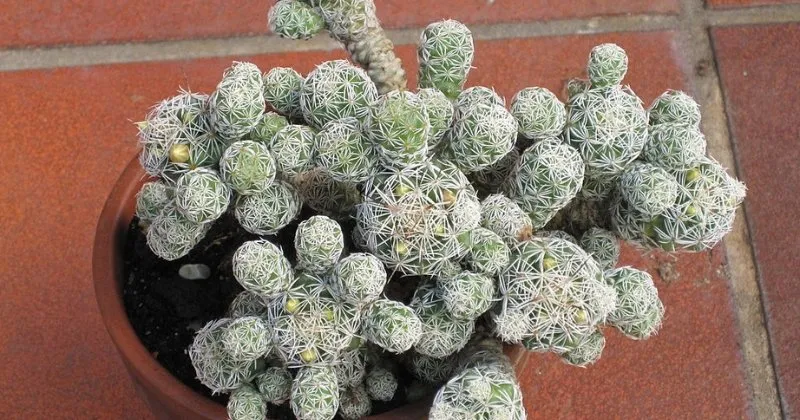
Fertilizing
Fertilizing is not strictly necessary, but it can promote healthy growth. During the growing season, apply a balanced fertilizer diluted to half strength once every 4-6 weeks. Avoid fertilizing during the dormant period (late fall and winter).
Propagation
‘Thimble Cactus’ is easy to propagate via offsets or cuttings. Simply remove a healthy stem from the main plant, let the cut end callous for a few days, and then place it in well-draining soil. Keep the soil slightly moist until the cutting establishes roots.
Common pests and diseases
‘Thimble Cactus’ is relatively pest-resistant, but it can still be affected by common cactus pests such as mealybugs, scale insects, and spider mites. Check your plant regularly for signs of infestation and treat with insecticidal soap or neem oil, if necessary. Overwatering or poor drainage can lead to root rot, so always ensure your cactus is planted in well-draining soil and avoid overwatering.
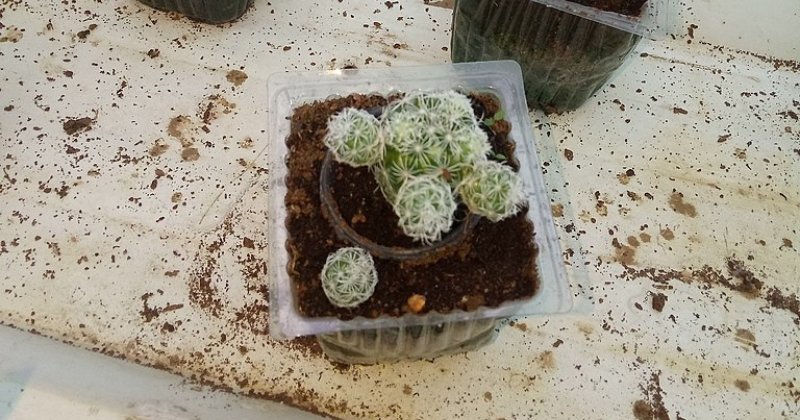
Thimble Cactus (Mammillaria gracilis v. fragilis) is a charming and unique addition to any plant collection. With its compact size, dense spines, and easy-to-care-for nature, it’s perfect for both experienced and beginner plant enthusiasts. By following the care tips provided in this guide, you’ll be able to enjoy this fascinating cactus for years to come. So, why not give Thimble Cactus a try and add a touch of greenery to your space?
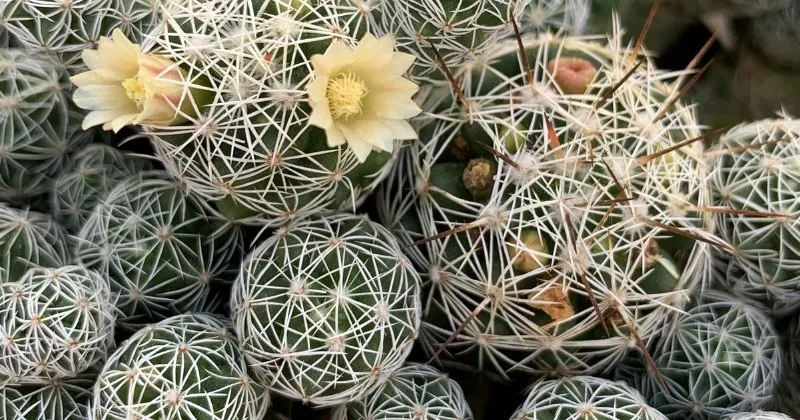
FAQs
1. How often should I water my Thimble Cactus?
During the growing season (spring and summer), water your Thimble Cactus when the top inch of soil feels dry to the touch. In fall and winter, reduce watering to once every 4-6 weeks.
2. Can Thimble Cactus tolerate low light conditions?
Thimble Cactus prefers bright light and needs at least 4-6 hours of direct sunlight per day. It may not thrive in low light conditions, so it’s best to place it near a south or west-facing window.
3. Is it toxic to pets?
Thimble Cactus is not considered toxic to pets. However, its spines can be sharp and could cause injury if ingested or touched. Keep the plant out of reach of pets and children.
4. How long does it take for a cutting to root?
It can take anywhere from a few weeks to a couple of months for a Thimble Cactus cutting to establish roots. Be patient and keep the soil slightly moist during this time.
5. Why are the stems of my Thimble Cactus turning yellow?
Yellowing stems can be a sign of overwatering, poor drainage, or insufficient light. Check your watering schedule, ensure the pot has drainage holes, and make sure your cactus is receiving enough light.
Dig in!

Where to Buy Succulents Online

